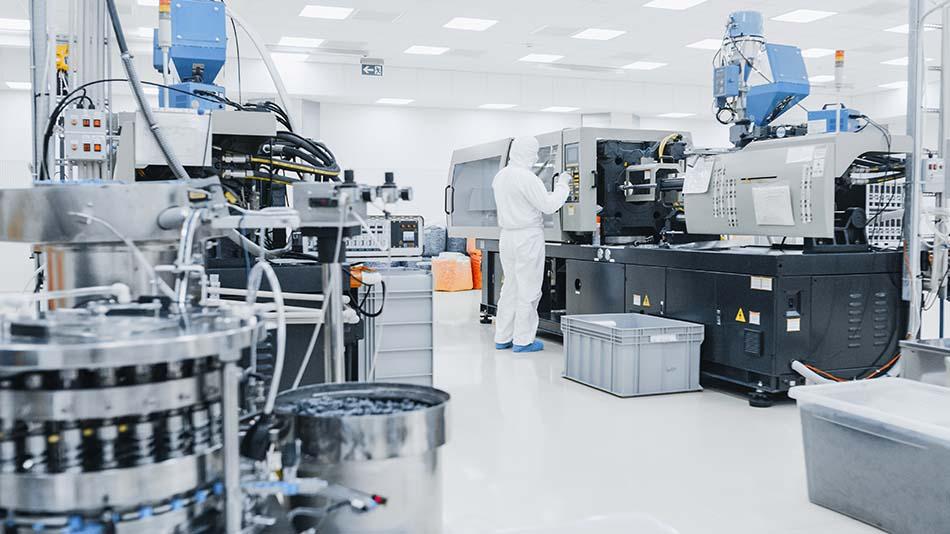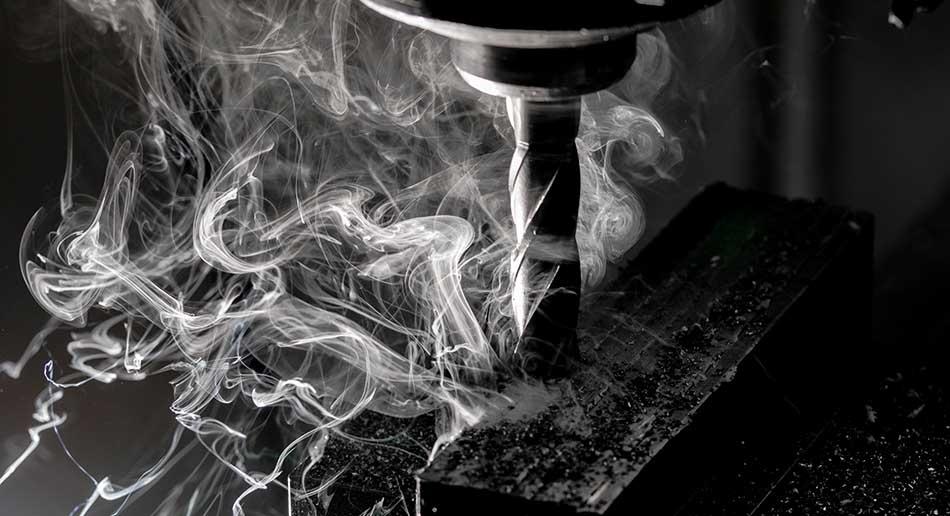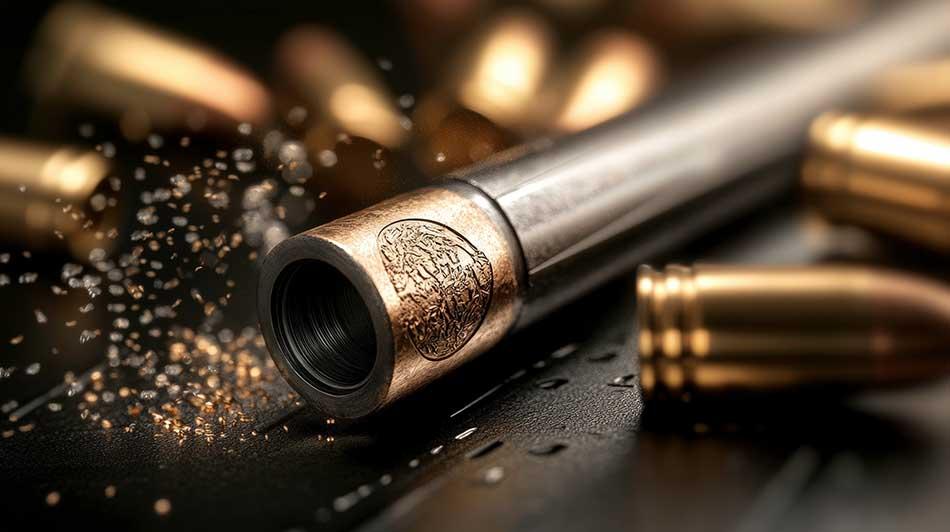Which Process Is Better: CNC Machining or 3D Printing?
In manufacturing, businesses often compare CNC (computer numerical control) machining and 3D printing when deciding how to produce parts. While 3D printing has gained popularity for prototyping, CNC machining remains the industry standard for high-precision, durable, and scalable production. CNC machining is also known for producing smooth, high-quality finishes, so parts don’t need as much extra work after machining.
Designing for CNC Success
When it comes to industrial applications, reliability is key. Unlike 3D printing, which has material limitations and weaker structural integrity, CNC machining provides stronger, more precise, and longer-lasting parts. To maintain efficiency and precision, CNC machines require regular CNC maintenance and professional repairs.
Whether it’s airplane components, medical tools, or car engine parts, CNC machining makes sure everything is built with absolute precision. Let’s explore why CNC machining is the better choice for long-term reliability and how expert CNC repair services keep machines running at peak performance.
What Is CNC Machining?
CNC machining is a way of shaping solid materials into precise parts. The process starts with a solid block of metal, plastic, or composite material. A computer-controlled machine then uses cutting tools, drills, and lathes to carve away material, shaping the final product. Since it removes material instead of adding layers (like 3D printing), CNC machining is called a subtractive process.
This method is used in industries that require strong, accurate, and reliable parts. Since everything is controlled by a computer, CNC machines can repeat the same process over and over, ensuring every part is identical. That’s why CNC machining is trusted in fields like aerospace, automotive, medical, and industrial manufacturing.
Why CNC Machining Is Better Than 3D Printing for Industrial Use
CNC machining has several key advantages over 3D printing. It is stronger, more precise, works with more materials, and is great for mass production. Let’s break down why a 3d printing vs CNC machining matchup would mark CNC as the best choice for making high-performance parts.
Strong, Durable Parts That Last
Unlike 3D-printed parts, which are built layer by layer and can be weak, CNC machining starts with a solid block. This means CNC-machined parts are:
- More durable: They won’t break under pressure, heat, or stress.
- Stronger under heavy use: Perfect for aircraft, engines, and industrial equipment.
- Built to last: Parts made with CNC machining last longer than 3D printed parts.
That’s why industries like aerospace, automotive, and heavy machinery rely on CNC machining for making high-stress components that must hold up over time.
Unmatched Precision and Accuracy
CNC machines are incredibly precise—they can cut parts with micron-level accuracy (a micron is 1/1000th of a millimeter!). Even a tiny mistake in part size can cause big problems in industries like:
- Aerospace: Airplane parts must fit perfectly to ensure safety and performance.
- Medical: Surgical tools and implants need flawless accuracy for safe use in patients.
- Automotive: Engine parts must be cut to exact measurements to keep vehicles running smoothly.
While 3D printing can create parts with complex shapes, its geometric limitations don’t match CNC machining in accuracy or consistency. Any CNC milling machine can produce hundreds or thousands of identical parts, while 3D printing can have small differences between each item.
Great for Large Production Runs
CNC machining has several key advantages over 3D printing. It is stronger, more precise, works with more materials, and is great for mass production. Let’s break down why a 3d printing vs CNC machining matchup would mark CNC as the best choice for making high-performance parts.
Works With a Wide Variety of Materials
One of CNC machining’s biggest strengths is that it can cut and shape almost any material. Unlike 3D printing, which mostly works with plastics and a few metals, CNC machining can process:
- Metals: Aluminum, steel, titanium, brass, copper.
- Plastics: ABS, polycarbonate, PEEK, nylon.
- Composites: Carbon fiber, fiberglass.
This makes CNC machining perfect for industries that need specific materials, like strong metals for airplane parts or heat-resistant plastics for medical devices.
Great for Large Production Runs
If a company needs thousands of identical parts, CNC machining is much better than 3D printing. It offers:
- Faster production: CNC machines run nonstop, making hundreds of parts at once.
- Lower cost per part: The more parts made, the cheaper they become.
- Consistent quality: Every part is exactly the same, ensuring zero defects.
For businesses that need high-speed, high-quality production, CNC machining is the most reliable choice.
The Importance of CNC Machine Maintenance
Even though CNC machining is highly reliable, CNC machines need regular maintenance to keep running smoothly. Without proper care, machines can lose accuracy, slow down, or break down completely.
Common CNC Machine Problems
Like any high-tech equipment, CNC machines wear down over time. Some common issues include:
- Tool Wear & Breakage: Cutting tools get dull and need replacing to keep making sharp, clean cuts.
- Spindle Misalignment: If the spindle (the part that holds the tool) gets misaligned, parts won’t be cut correctly.
- Lubrication & Coolant Issues: CNC machines need lubrication to reduce friction and overheating. If fluids dry out or leak, machines can overheat and break.
Regular inspections, cleaning, and servicing prevent these problems and help CNC machines last longer and work more efficiently.
Common CNC Machine Failures
Spindle Damage: Excessive heat, wear, or debris buildup can lead to spindle failures, affecting cutting performance.
- Misalignment Issues: Even a small deviation in alignment can compromise precision, leading to defective parts.
- Tool Breakage: Dull or improperly maintained tools can increase machining time, reduce quality, and cause costly downtime.
- Software Malfunctions: CNC machines rely on precise programming, and errors in calibration or outdated software can lead to incorrect cuts or wasted materials.
By investing in CNC preventive maintenance, manufacturers can avoid sudden breakdowns, improve efficiency, and ensure that machined parts maintain their high quality over time.
Why Professional CNC Repair and Maintenance Matters
A CNC machine is a huge investment, and unexpected breakdowns can cost companies time and money. That’s why manufacturers should work with CNC repair experts who can:
- Fix issues before they become big problems
- Calibrate machines to keep them cutting accurately
- Replace worn-out parts before they fail
Routine maintenance prevents breakdowns, reduces repair costs, and ensures CNC machines run at full speed. Companies that rely on CNC machining should always schedule regular servicing to keep their machines in top shape.
3D Printing: A Tool for Prototyping, Not Industrial Use
3D printing is an additive manufacturing process where parts are built layer by layer from plastic or metal powders. While it offers flexibility in design, it comes with limitations that make it less suitable for industrial-scale production.
Where 3D Printing Excels
3D printing has gained popularity due to its ability to produce rapid prototypes and complex geometries. It is commonly used in:
- Concept Testing & Prototyping: Engineers use 3D printing to test product designs before committing to full-scale production.
- Low-Volume Custom Parts: Small businesses and startups may use 3D printing for one-off or low-batch custom components.
- Lightweight Designs: The ability to create intricate lattice structures allows for lightweight parts.
However, despite these advantages, 3D printing is not ideal for large-scale, high-strength applications.
Why 3D Printing Falls Short for Industrial Applications
- Weaker Structural Integrity: Because 3D-printed parts are built layer by layer, they often lack the density and strength of machined components.
- Limited Material Choices: Most commercial 3D printers primarily work with plastics, which do not match the strength, heat resistance, or wear properties of metals.
- Slow Production for Large Orders: While 3D printing is excellent for prototyping, CNC machining is far more efficient for mass production.
- Post-Processing Required: Many 3D-printed parts need additional finishing, such as sanding or machining, which adds extra time and cost to the manufacturing process.
For industries that require long-lasting, high-performance parts, CNC machining remains the superior choice.
Why CNC Machining Is the Better Choice for Industrial Applications
Many industries rely on CNC machining because of its strength, precision, and ability to handle high-performance materials. Sectors like aerospace, automotive, medical, and heavy manufacturing prefer CNC machining over 3D printing due to its proven reliability.
However, CNC machines must be properly maintained to continue delivering optimal performance. Regular servicing prevents downtime, extends machine life, and ensures precision cutting. That’s why it’s essential to partner with a trusted CNC repair and maintenance provider to keep machines running smoothly.
CNC Machining Wins for Reliability and Precision
While 3D printing has its place in design and prototyping, CNC machining remains the best choice for industries that require high-strength, durable, and precision-machined parts.
However, even the best CNC machines require expert maintenance and timely repairs to continue delivering accurate, high-quality results. That’s why manufacturers should partner with a trusted CNC repair service to keep machines operating at peak efficiency.
At In-House CNC, we specialize in CNC machine repairs, maintenance, and servicing to help businesses reduce downtime, improve productivity, and extend machine life.
Call In-House CNC Today At (951) 540-4820 To Schedule Professional CNC Maintenance And Repairs!




